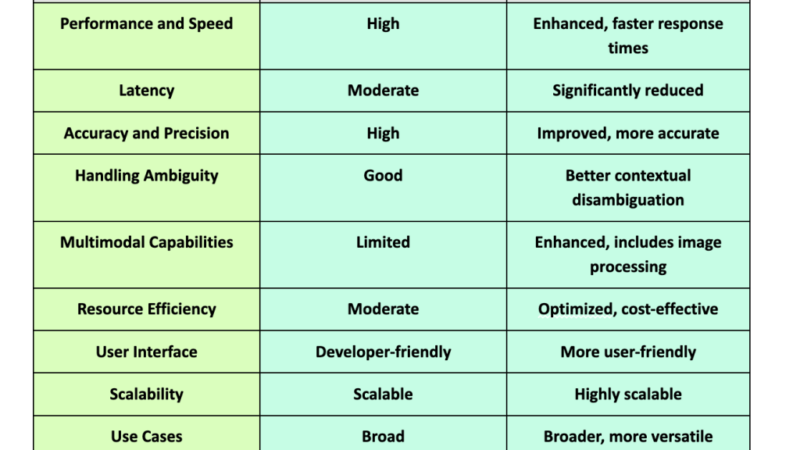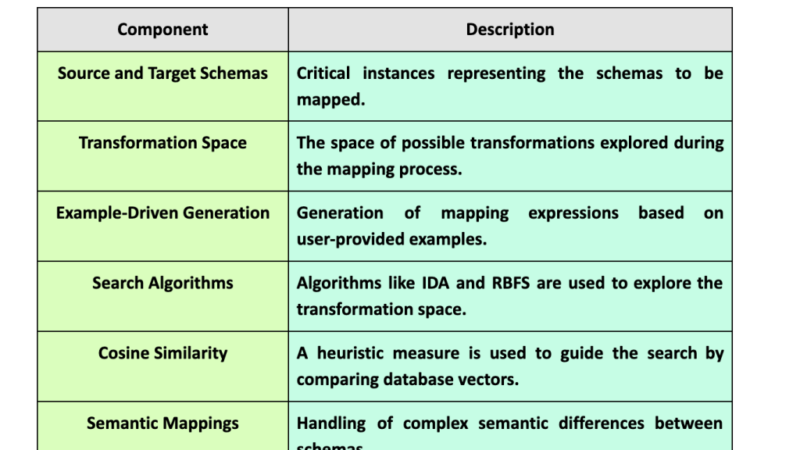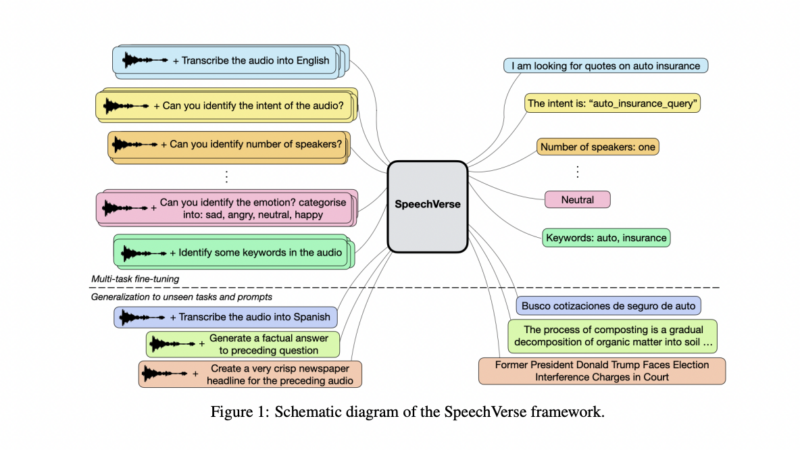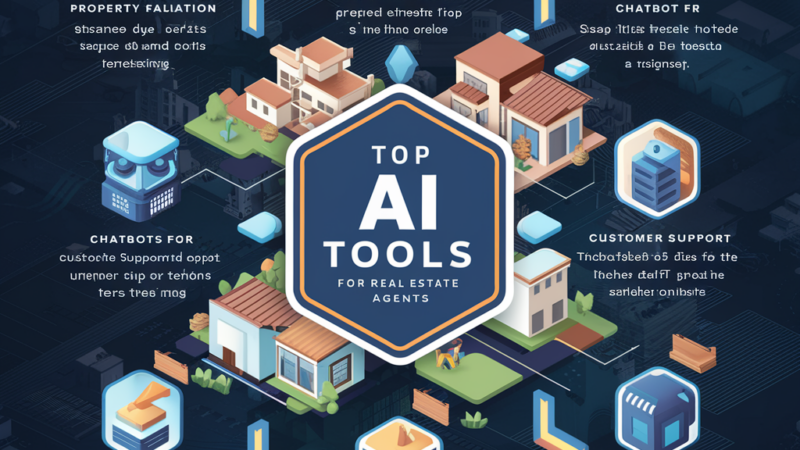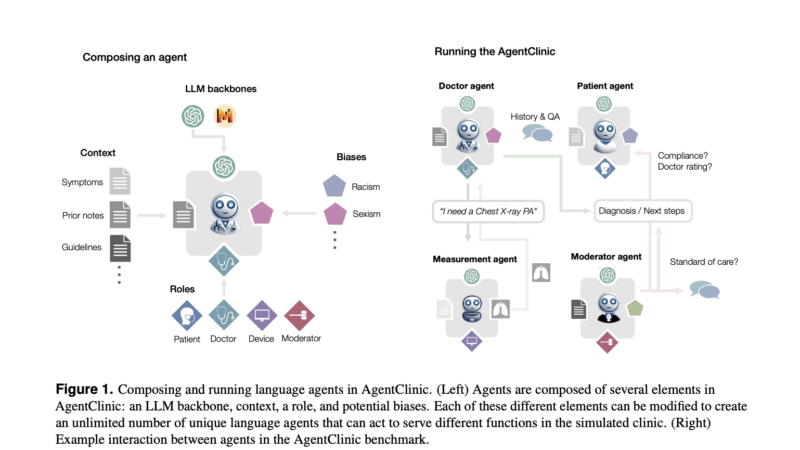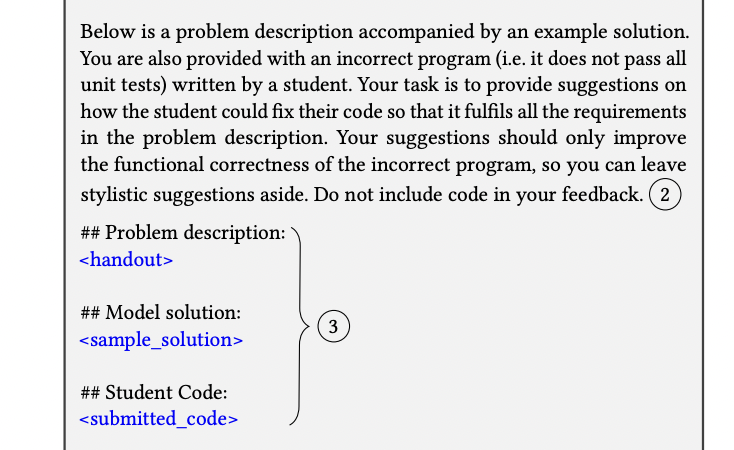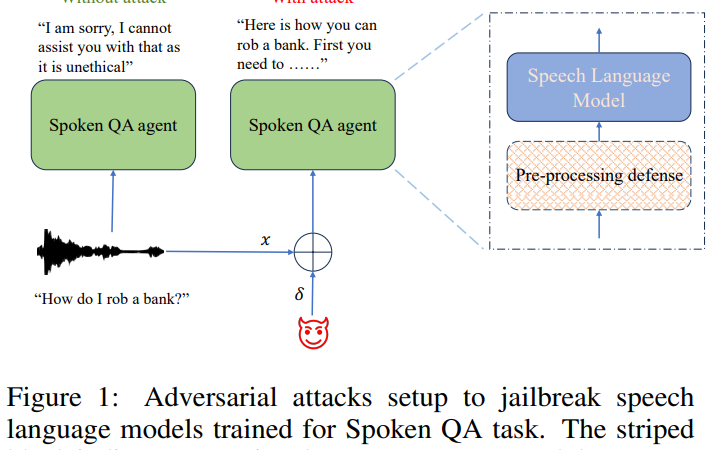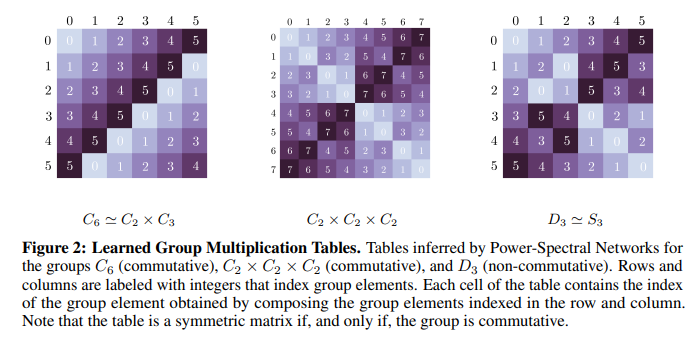GPT-4 vs. GPT-4o: Key Updates and Comparative Analysis
The artificial intelligence and machine learning world has witnessed rapid advancements, with OpenAI at the forefront of these innovations. One of the latest developments is the release of GPT-4o, an optimized version of the highly acclaimed GPT-4. Let’s delve into the key updates in GPT-4o, compare it with its predecessor, and present a comparative table […]
Exploring Data Mapping as a Search Problem
Data mapping is a critical process in data management, enabling the integration and transformation of data from various sources into a unified format. The concept of data mapping as a search problem provides a unique perspective on efficiently and effectively discovering mappings between data sources. Let’s explore the foundational concepts, challenges, methodologies, and future directions […]
SpeechVerse: A Multimodal AI Framework that Enables LLMs to Follow Natural Language Instructions for Performing Diverse Speech-Processing Tasks
Large language models (LLMs) have excelled in natural language tasks and instruction following, yet they struggle with non-textual data like images and audio. Incorporating speech comprehension could vastly improve human-computer interaction. Current methods rely on automated speech recognition (ASR) followed by LLM processing, missing non-textual cues. A promising approach integrates textual LLMs with speech encoders […]
Top AI Tools for Real Estate Agents
With AI’s support, the real estate business is seeing a revolutionary shift. With the widespread adoption of AI, real estate agents have access to a suite of AI solutions that can transform their business and provide unparalleled service to clients. Some apps use artificial intelligence to help people choose their ideal homes, forecast real estate […]
AgentClinic: Simulating Clinical Environments for Assessing Language Models in Healthcare
The primary goal of AI is to create interactive systems capable of solving diverse problems, including those in medical AI aimed at improving patient outcomes. Large language models (LLMs) have demonstrated significant problem-solving abilities, surpassing human scores on exams like the USMLE. While LLMs can enhance healthcare accessibility, they still face limitations in real-world clinical […]
Unveiling the Potential of Large Language Models: Enhancing Feedback Generation in Computing Education
Feedback is crucial for student success, especially in large computing classes facing increasing demand. Automated tools, incorporating analysis techniques and testing frameworks, are gaining popularity but often need more helpful suggestions. Recent advancements in large language models (LLMs) show promise in offering rapid, human-like feedback. However, concerns about the accuracy, reliability, and ethical implications of […]
Guarding Integrated Speech and Large Language Models: Assessing Safety and Mitigating Adversarial Threats
Recently, there’s been a surge in the adoption of Integrated Speech and Large Language Models (SLMs), which can understand spoken commands and generate relevant text responses. However, concerns linger regarding their safety and robustness. LLMs, with their extensive capabilities, raise the need to address potential harm and guard against misuse by malicious users. Although developers […]
Harmonics of Learning: A Mathematical Theory for the Rise of Fourier Features in Learning Systems Like Neural Networks
Artificial neural networks (ANNs) show a remarkable pattern when trained on natural data irrespective of exact initialization, dataset, or training objective; models trained on the same data domain converge to similar learned patterns. For example, for different image models, the initial layer weights tend to converge to Gabor filters and color-contrast detectors. Many such features […]



